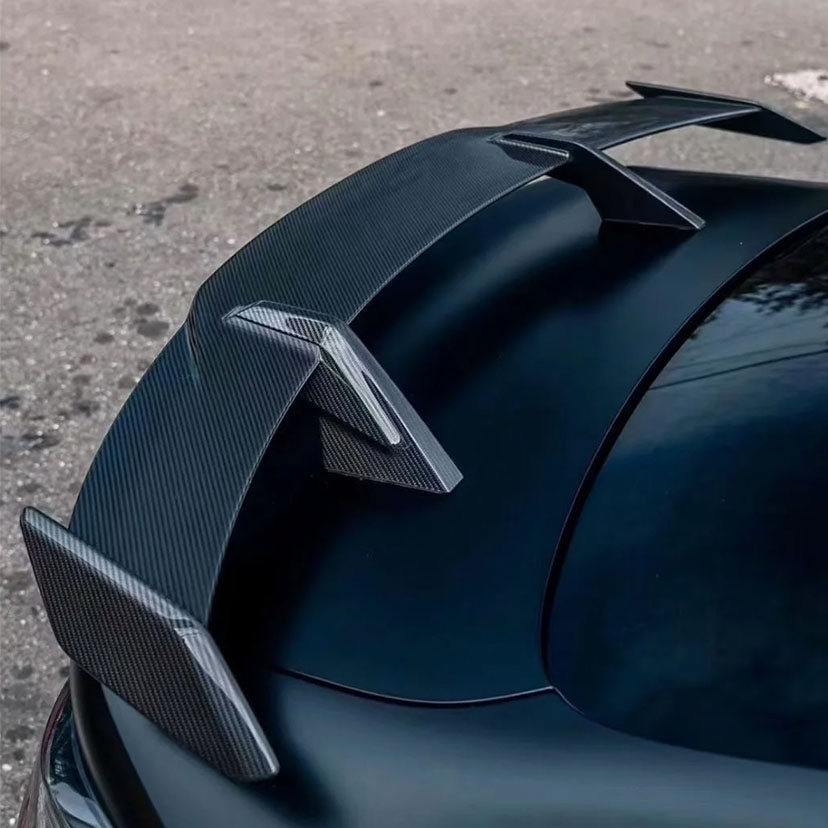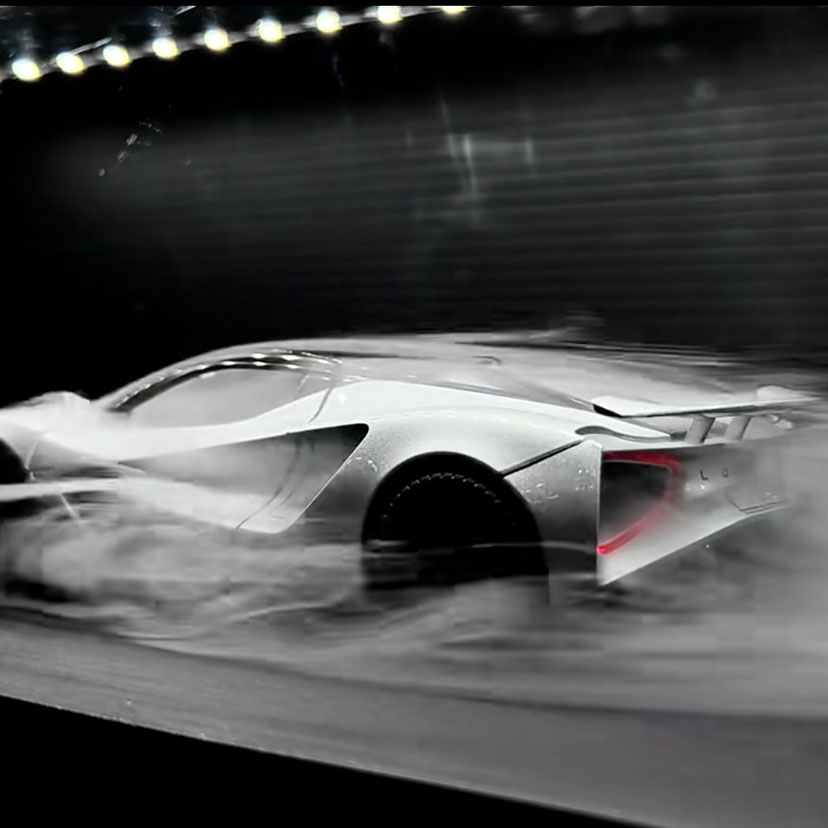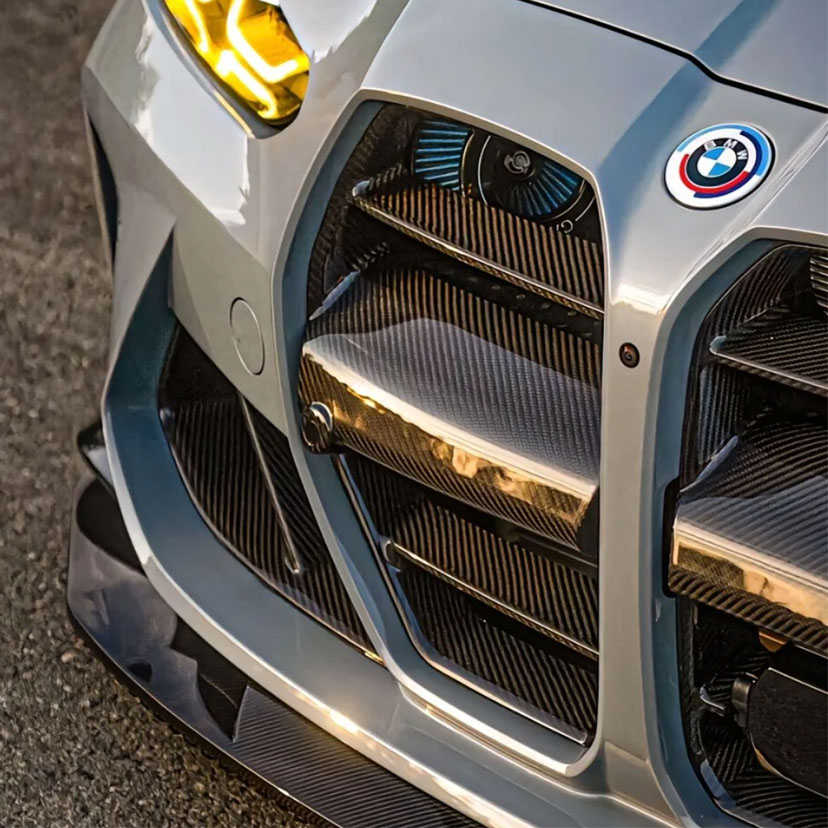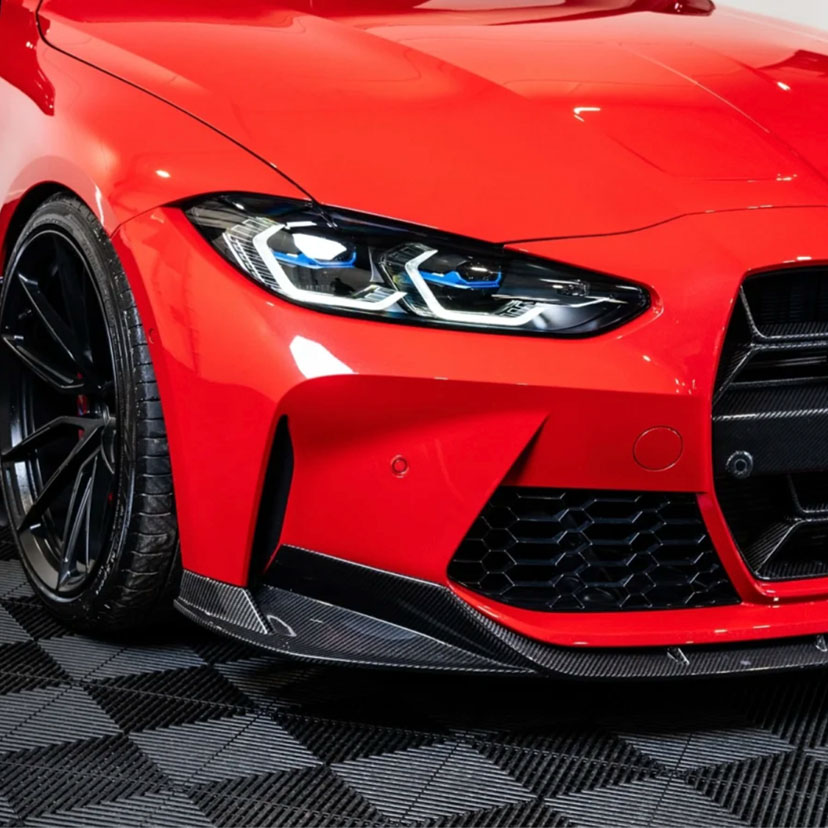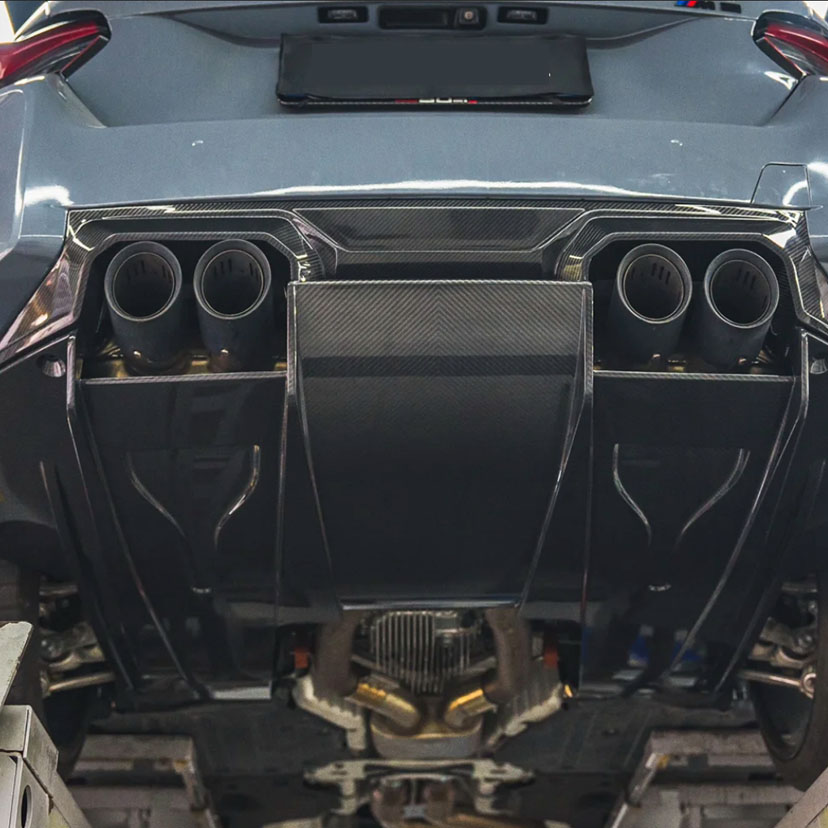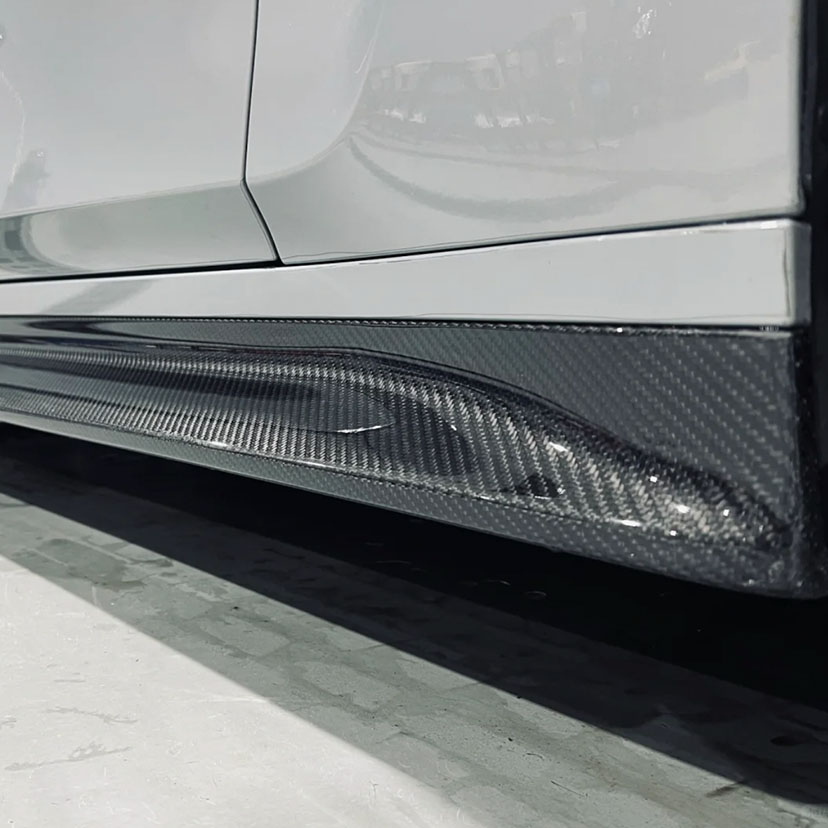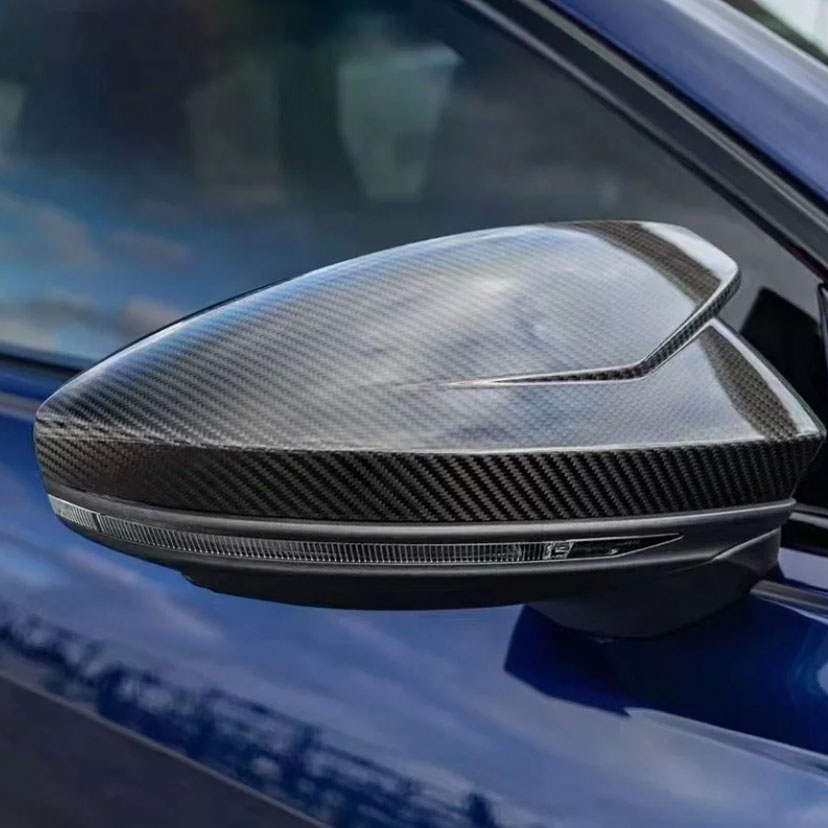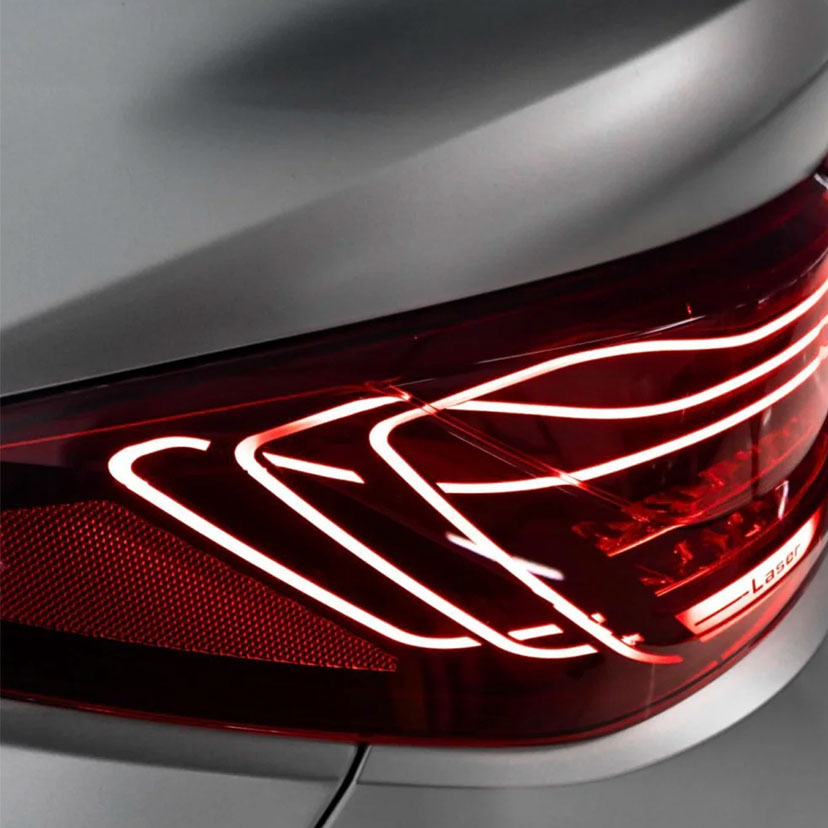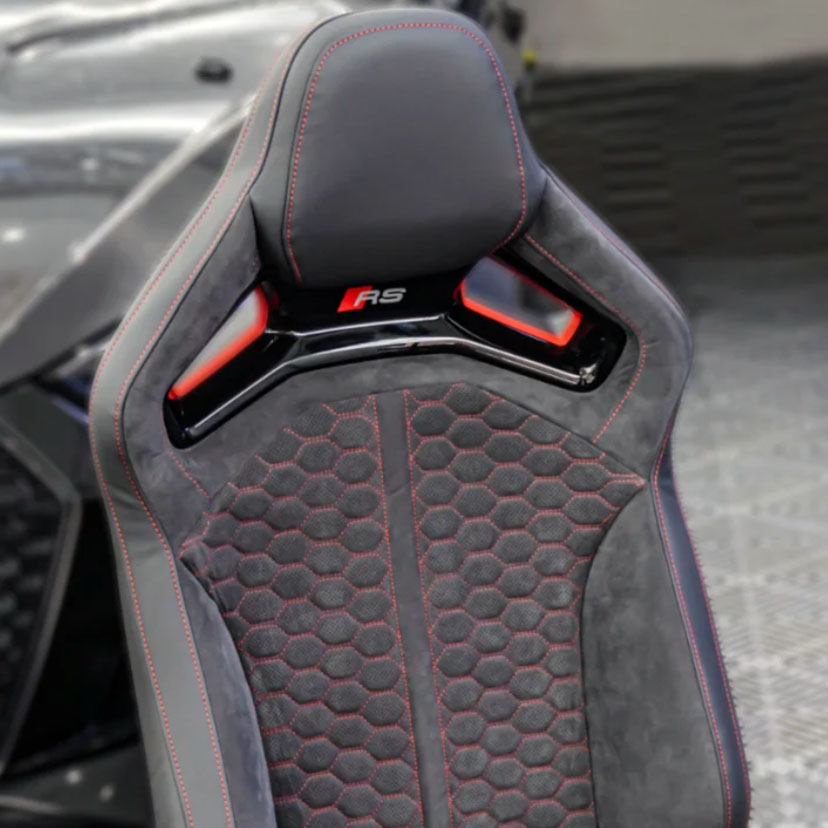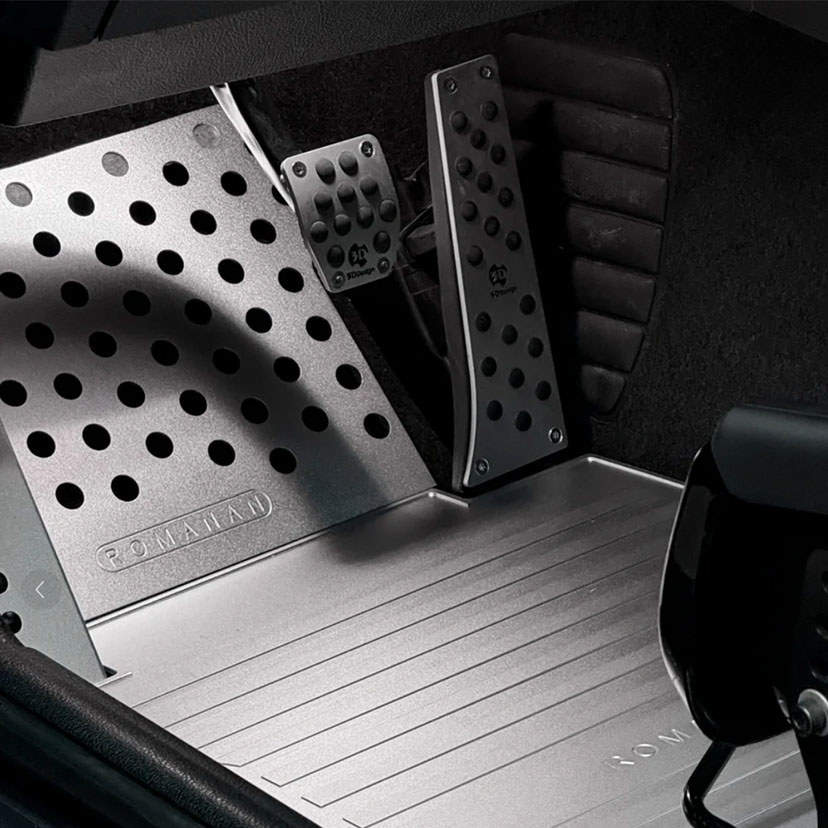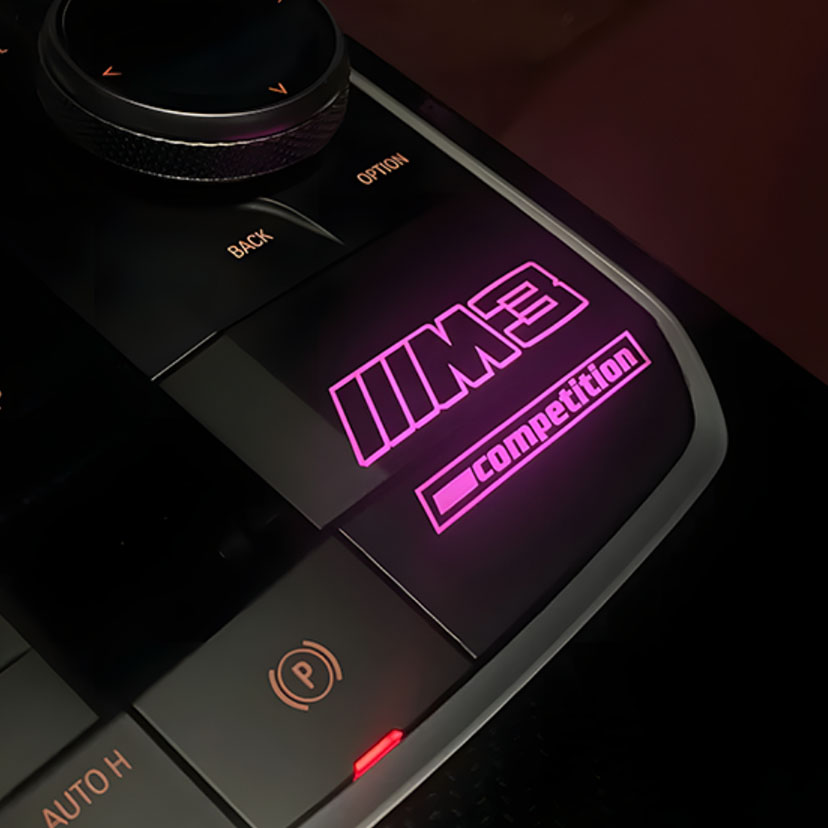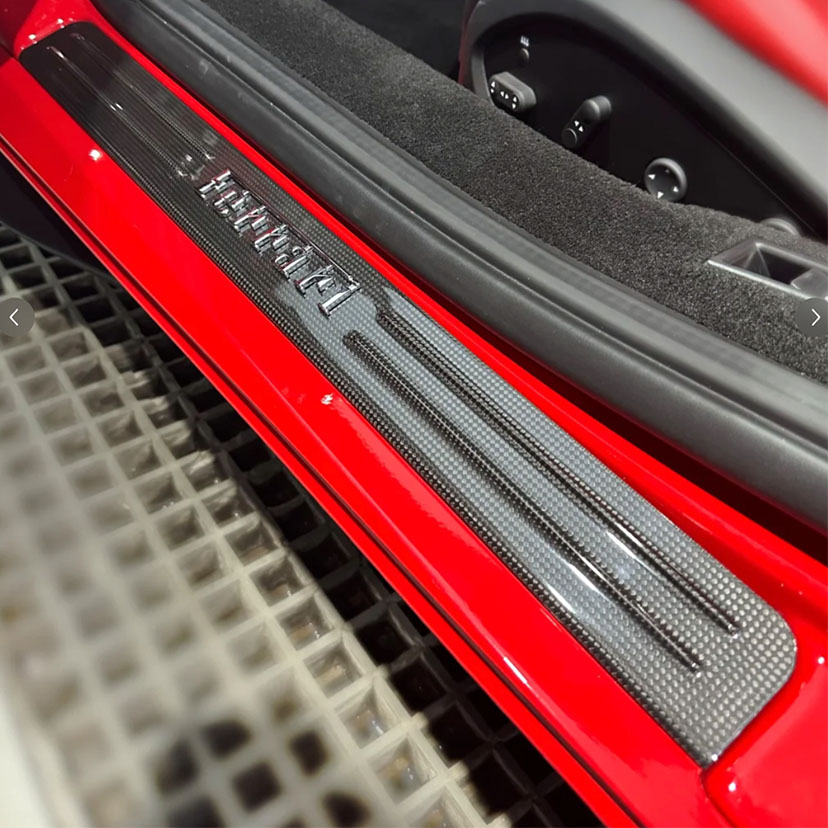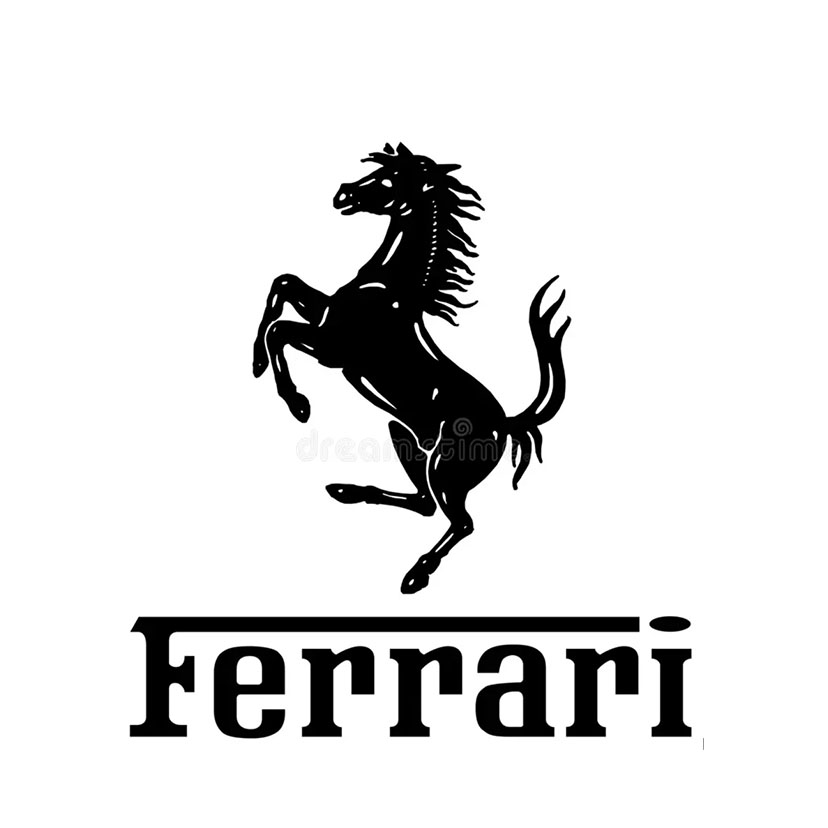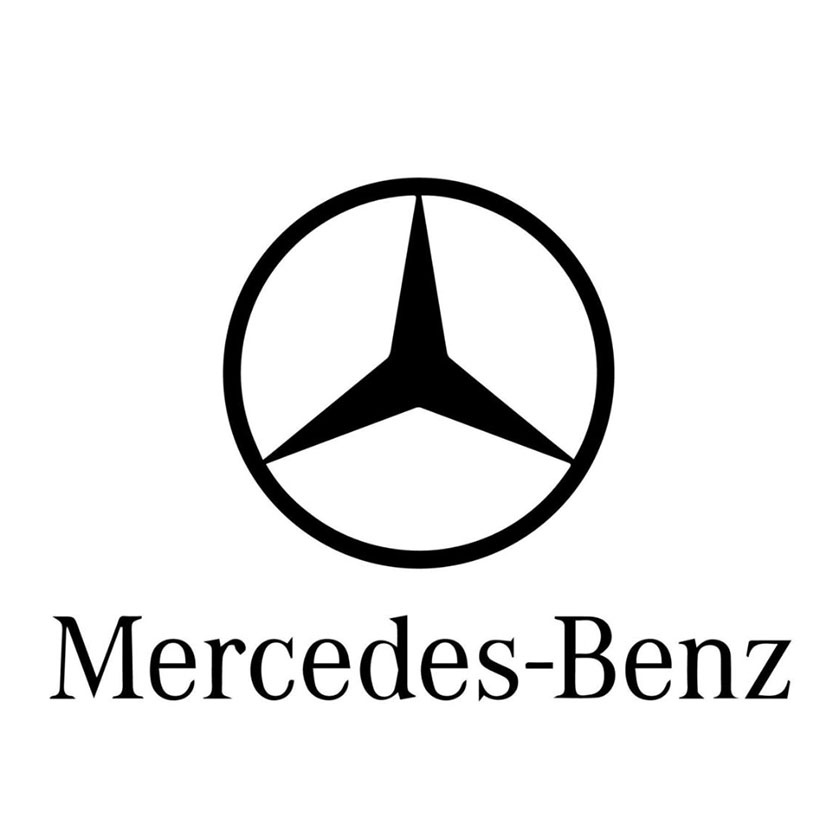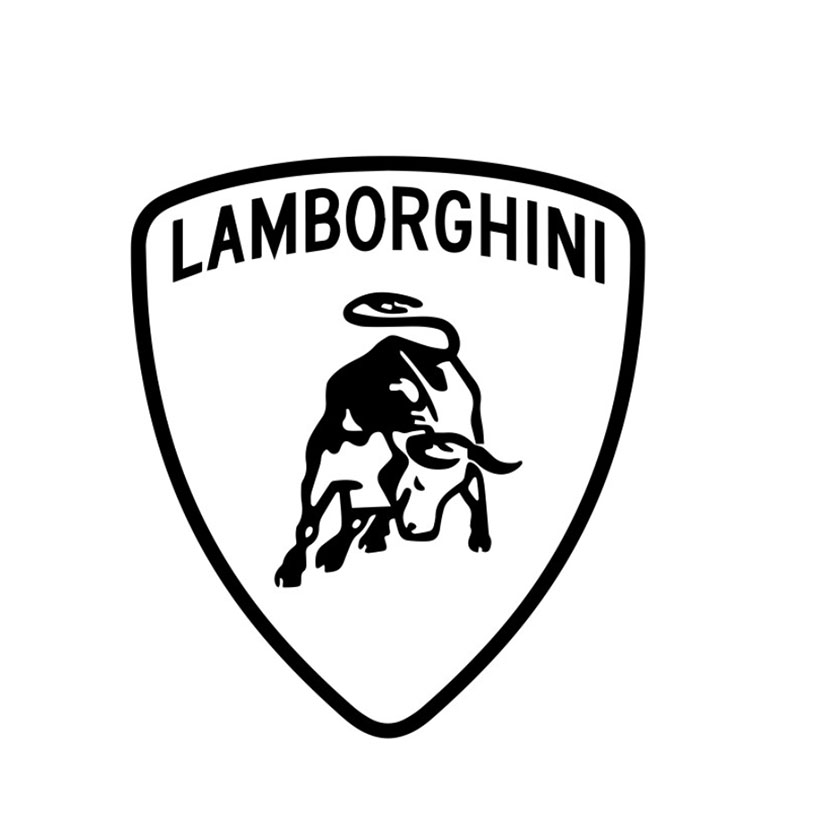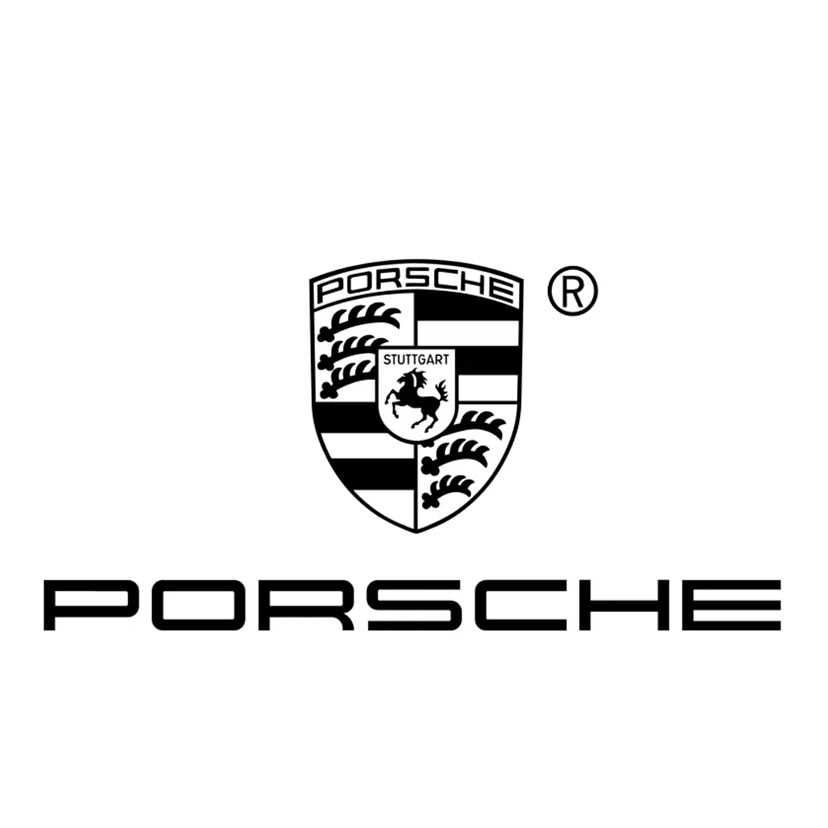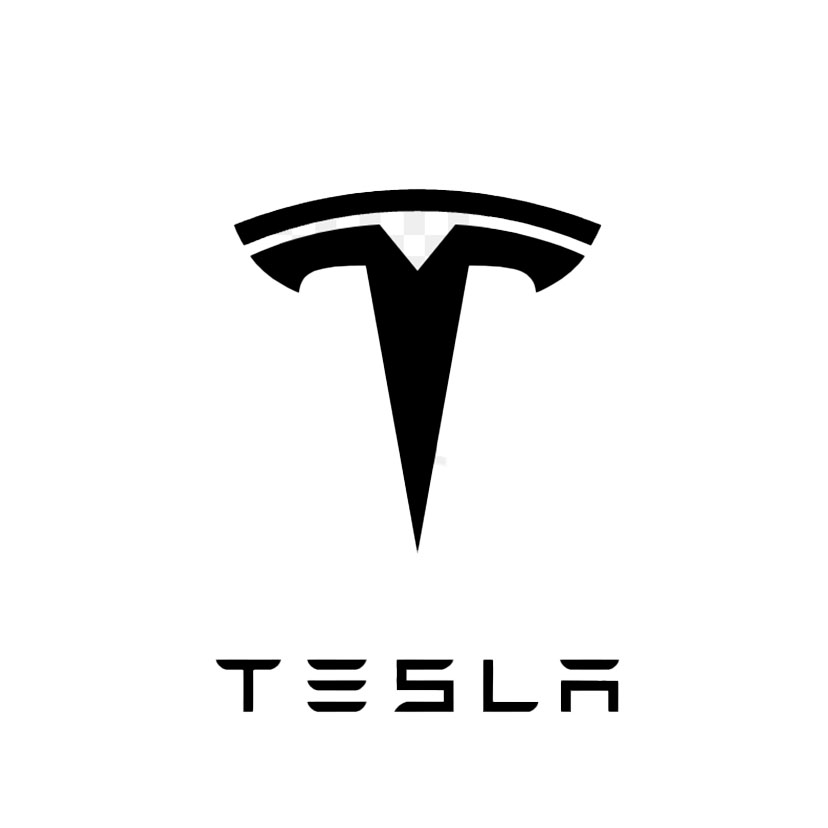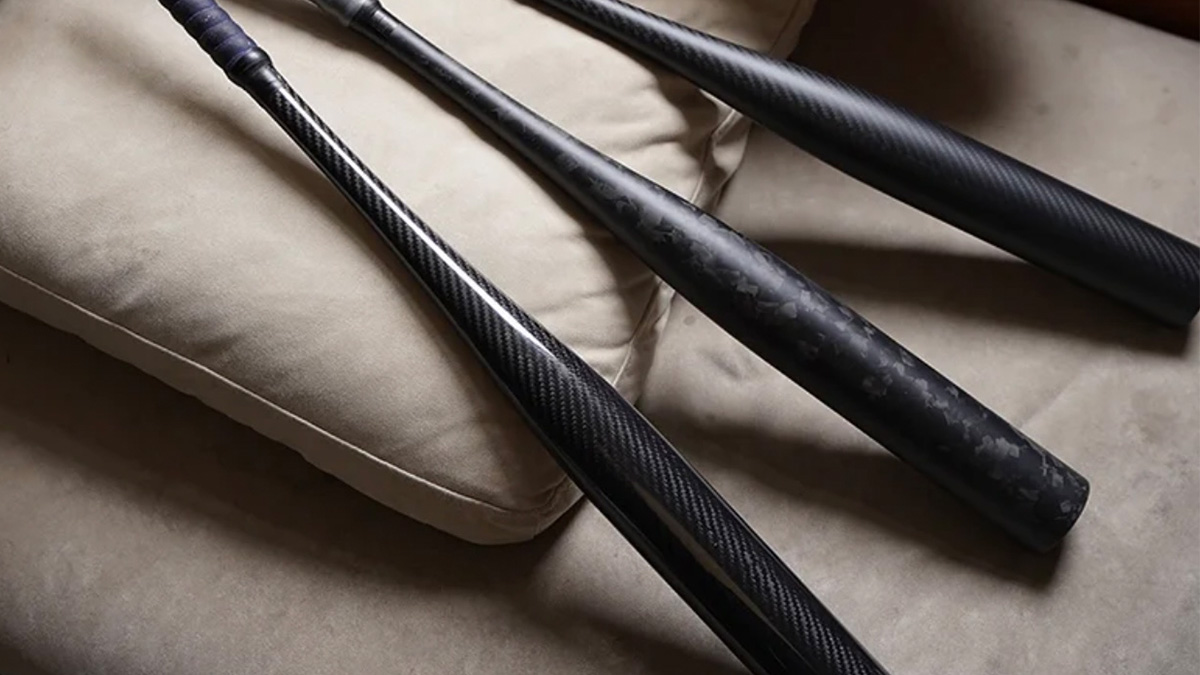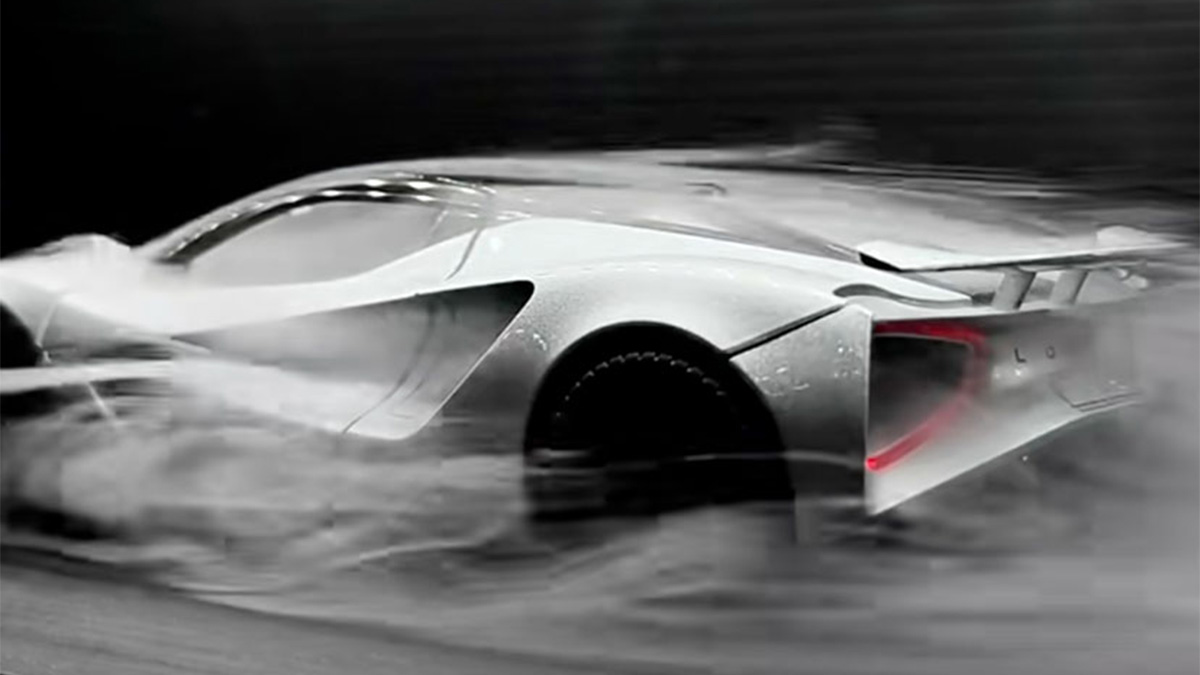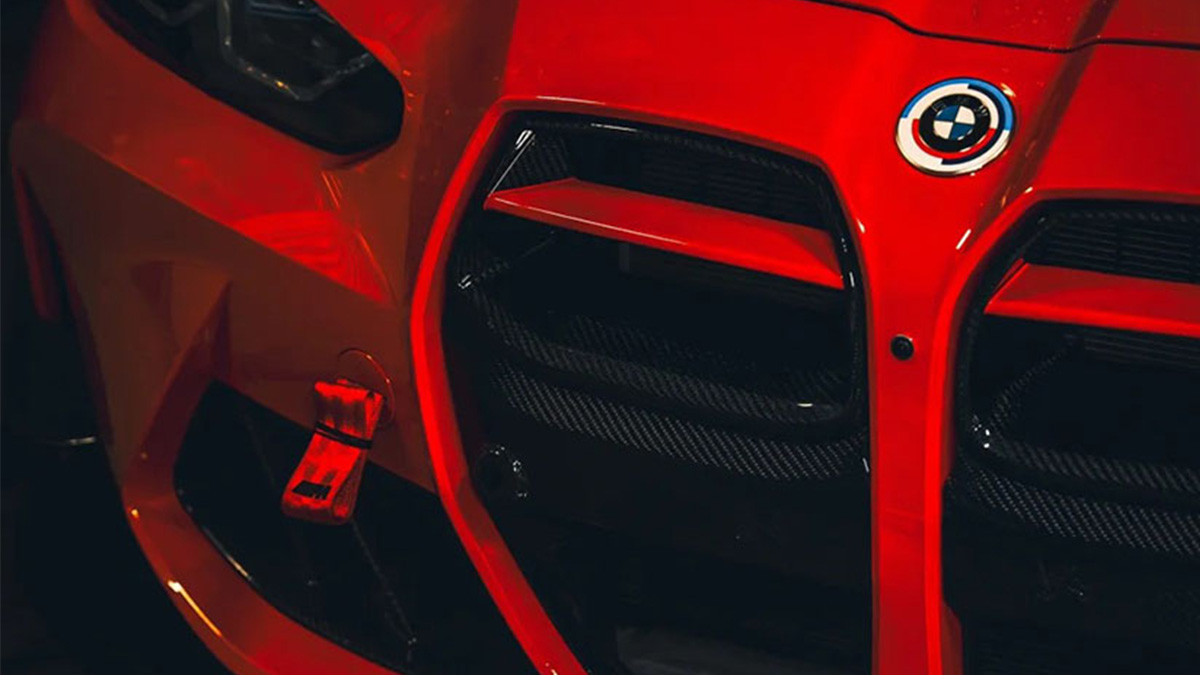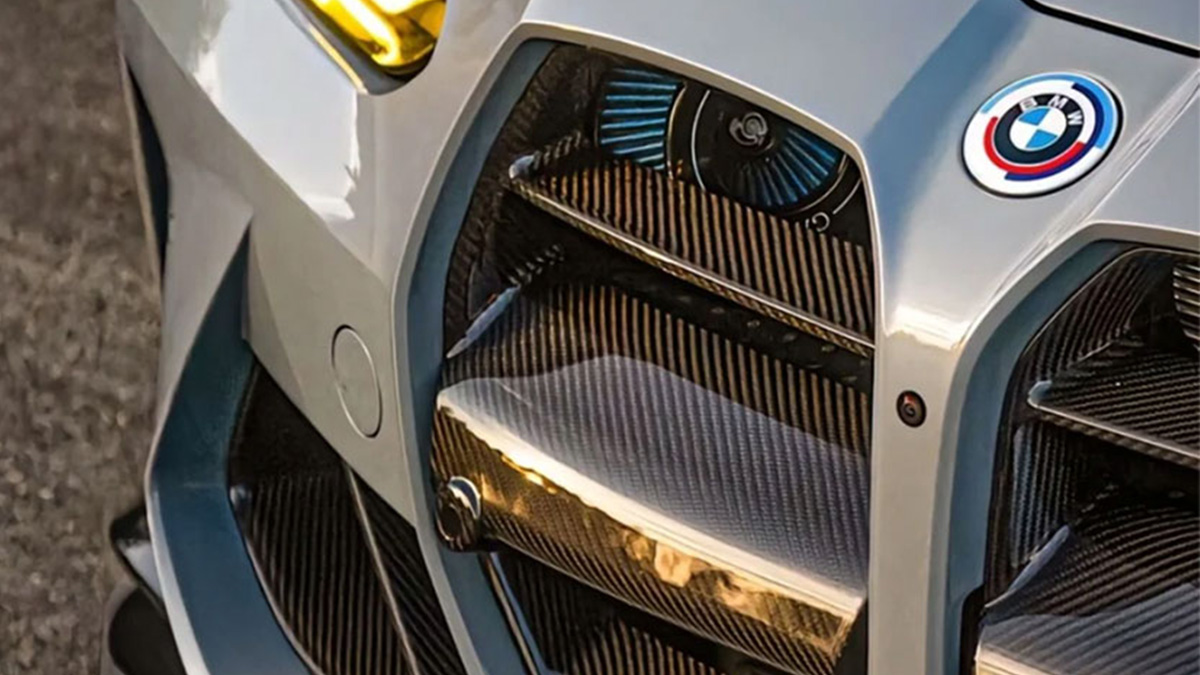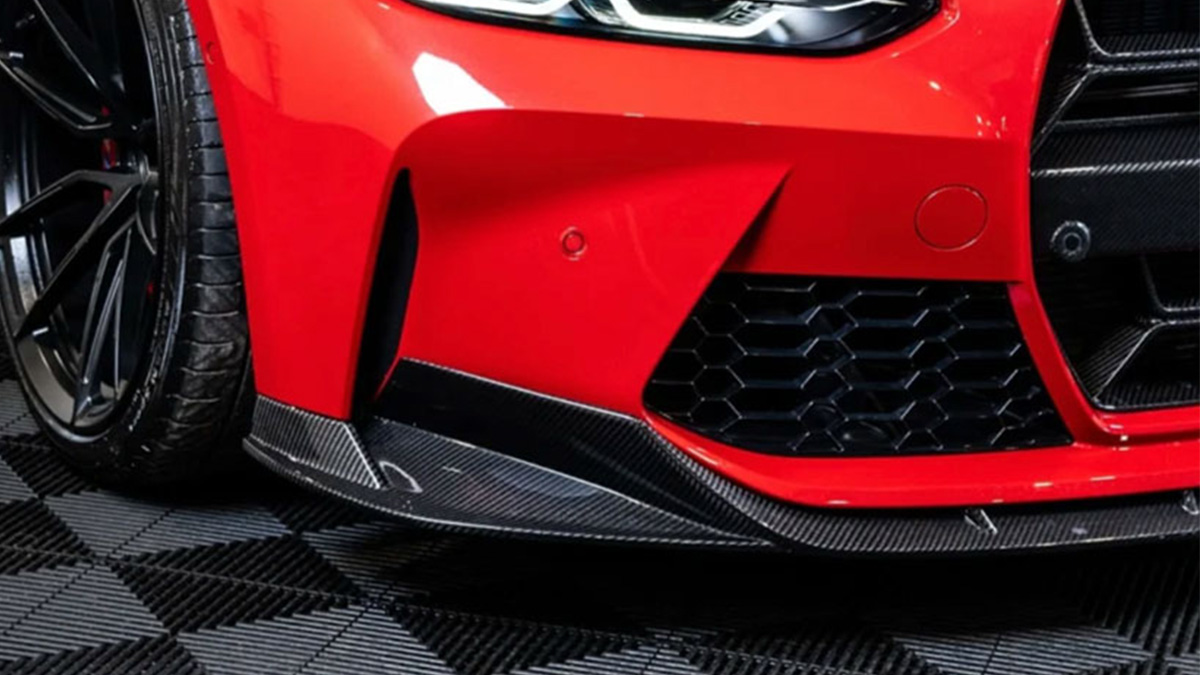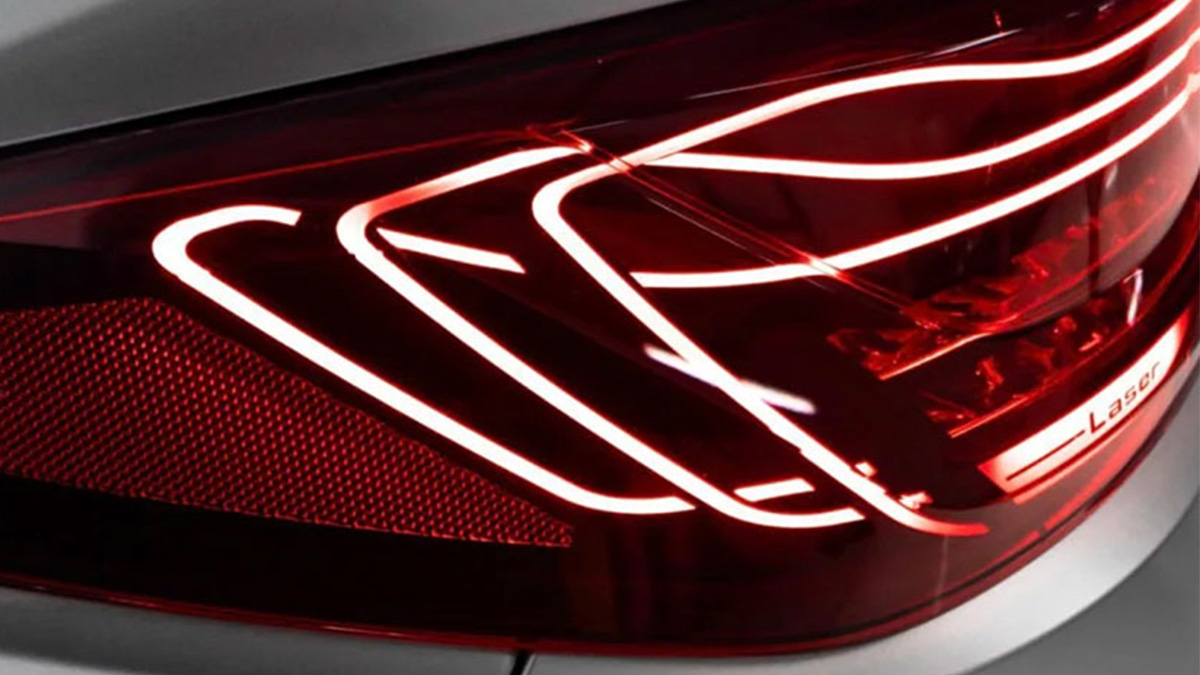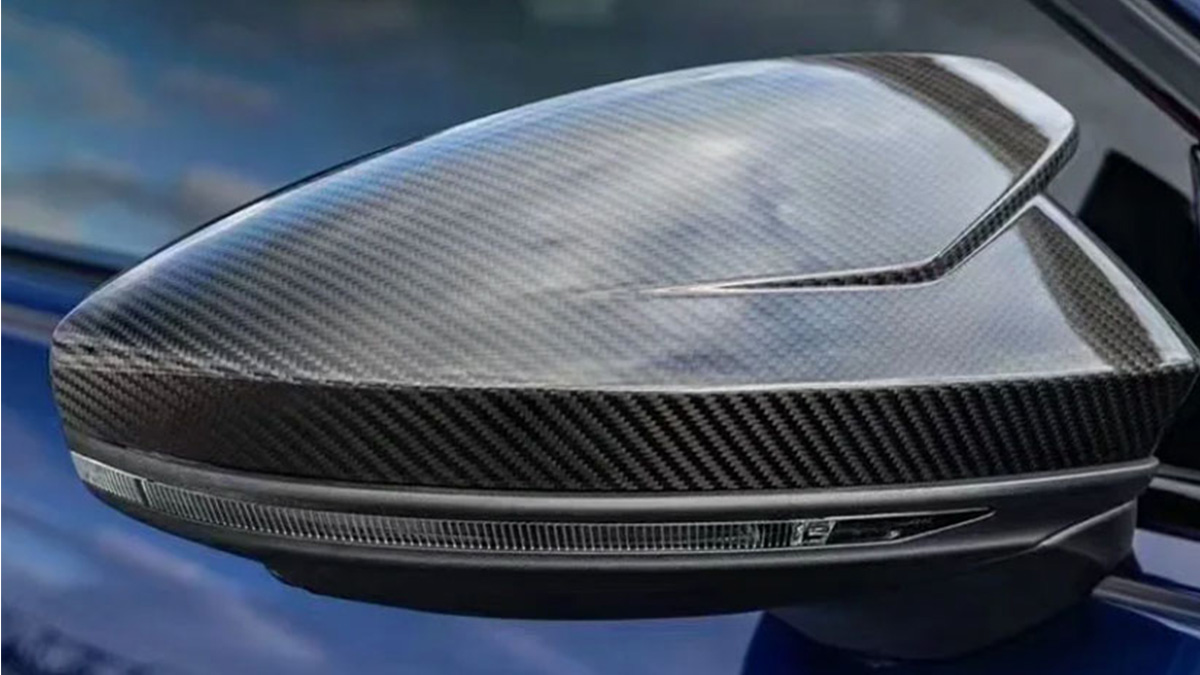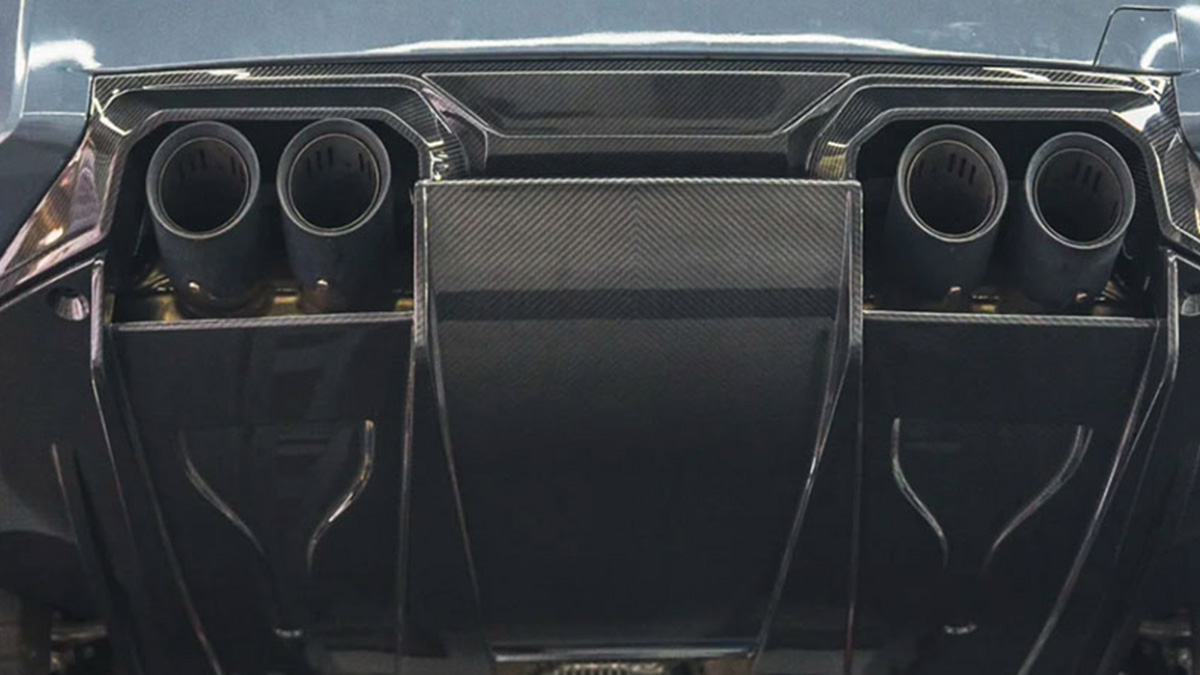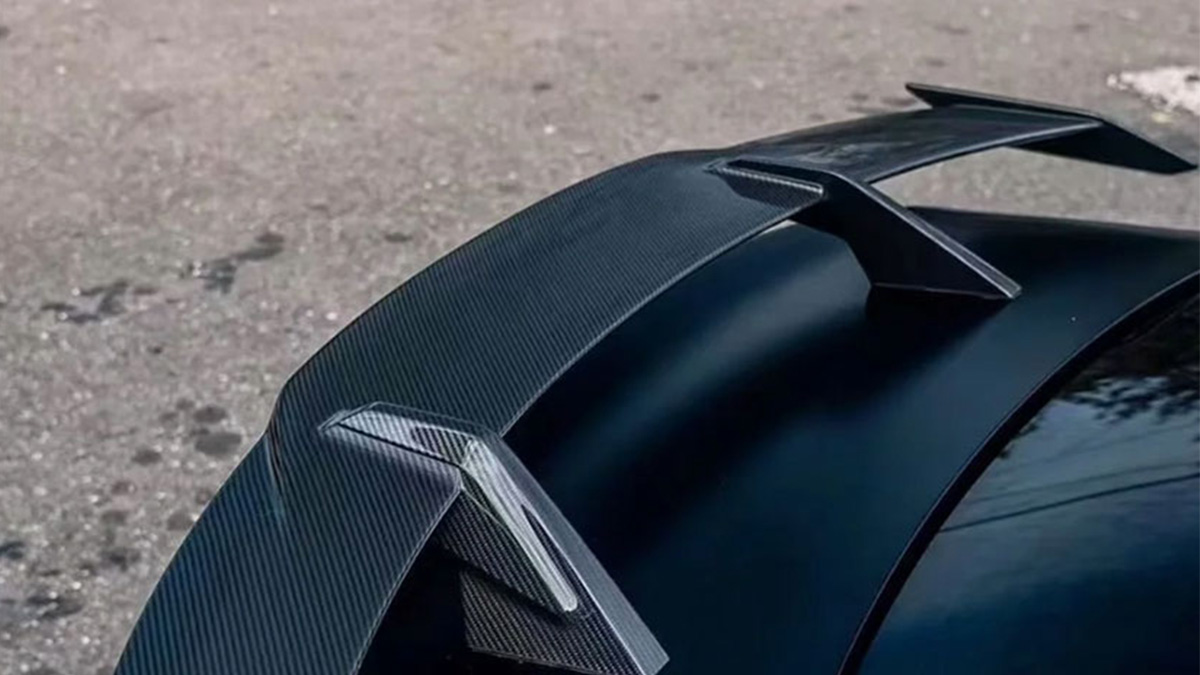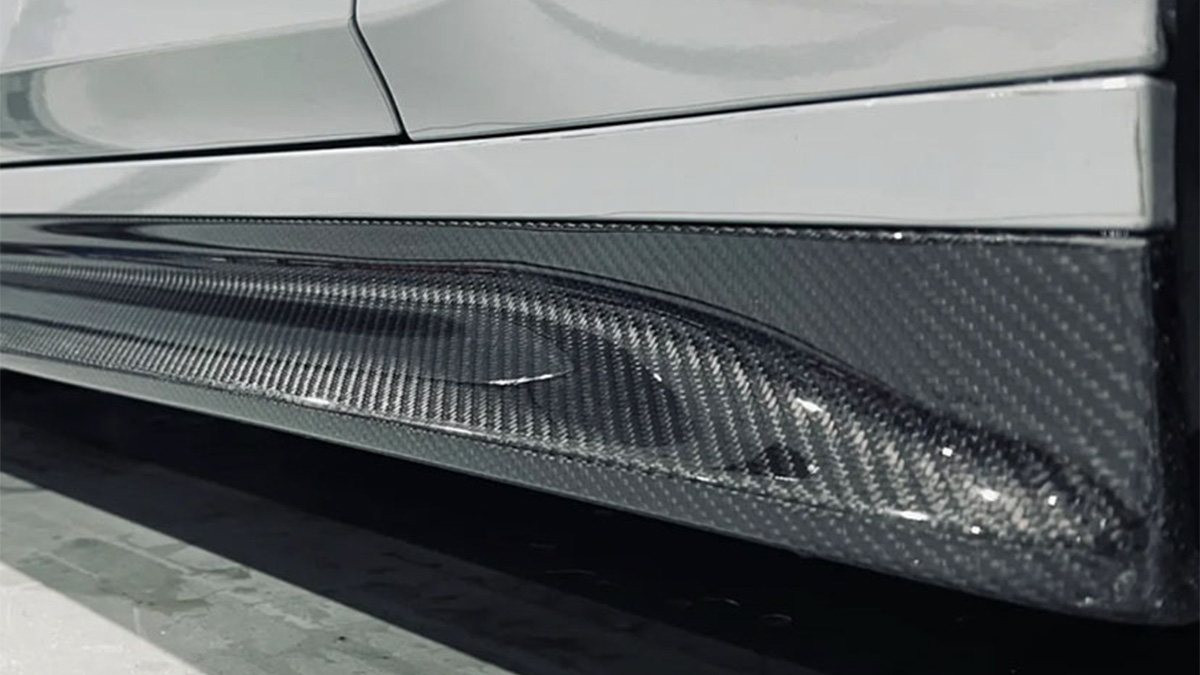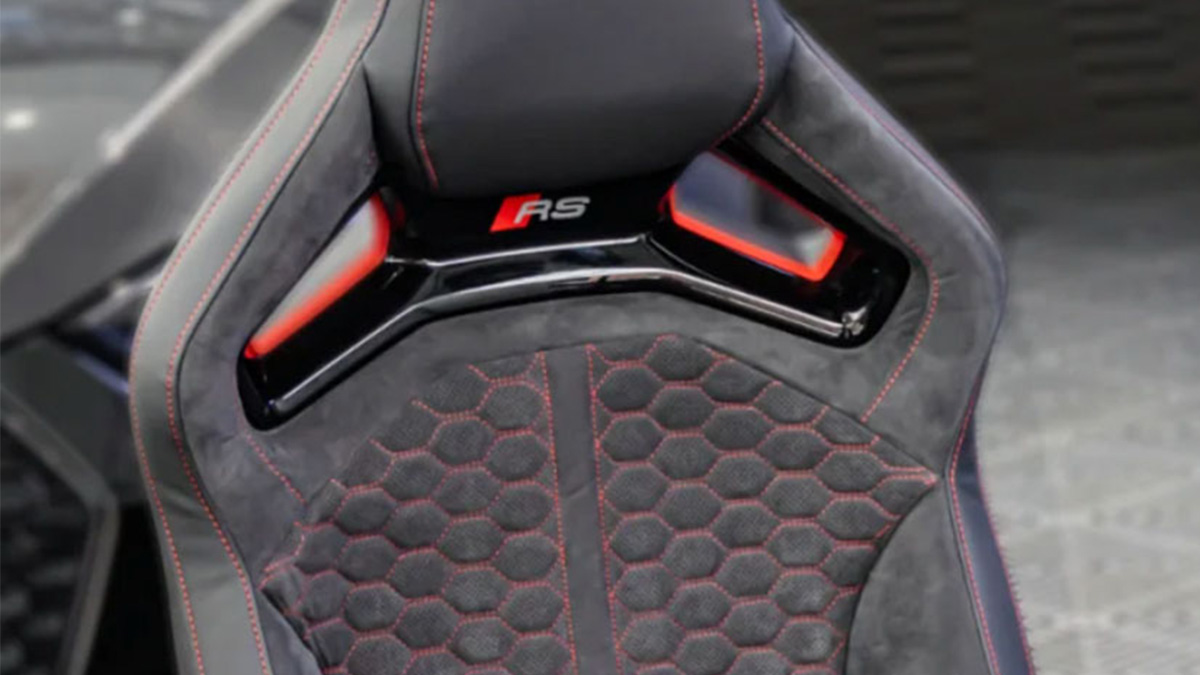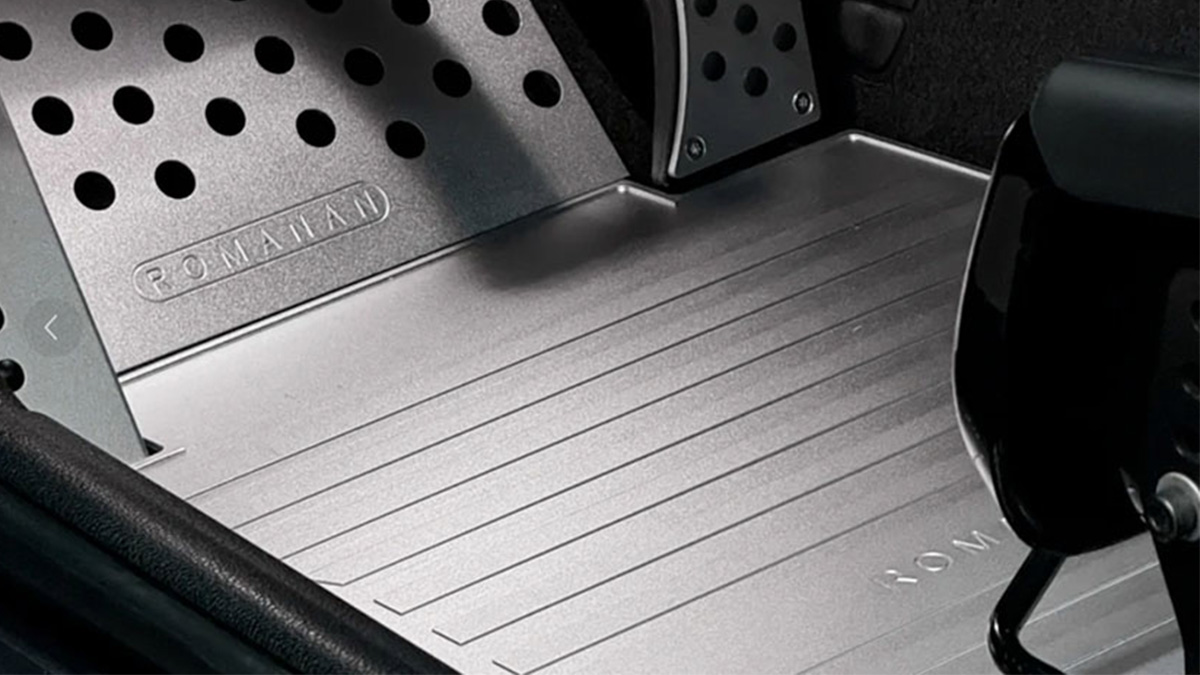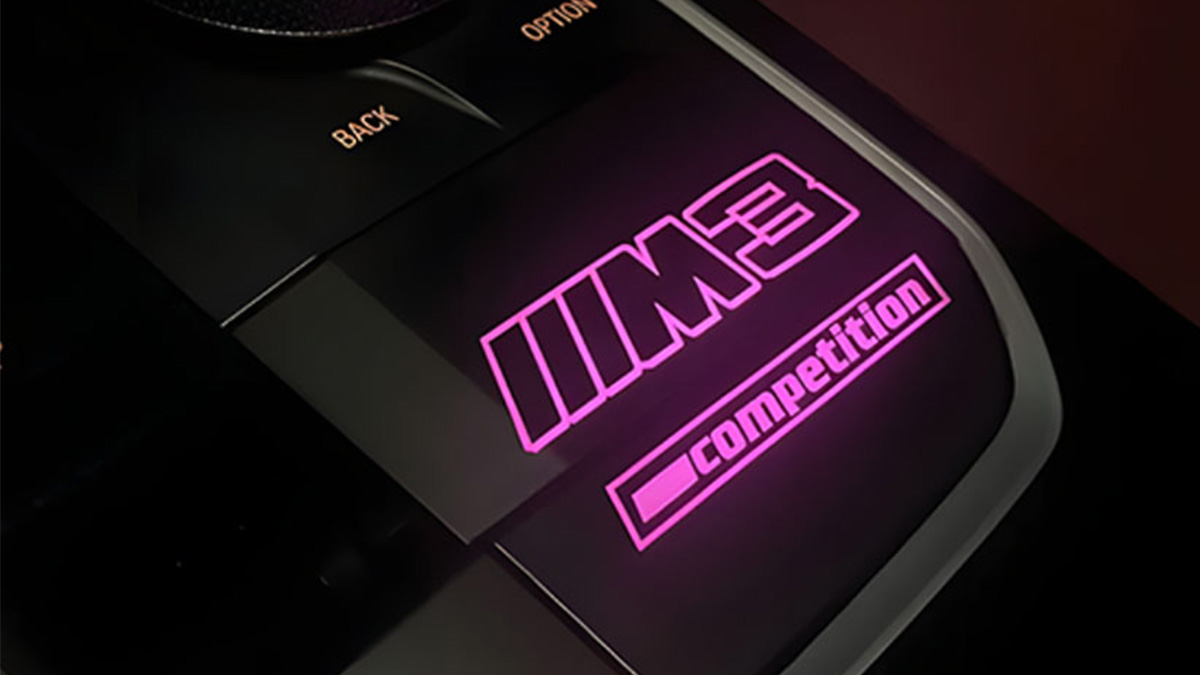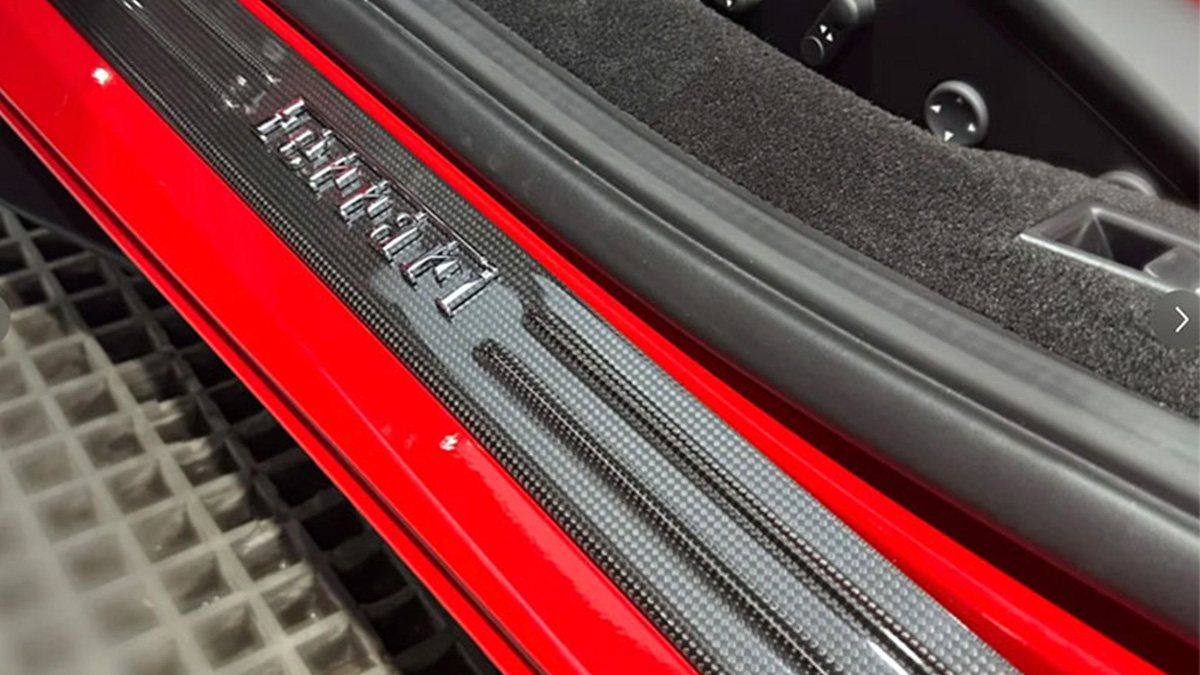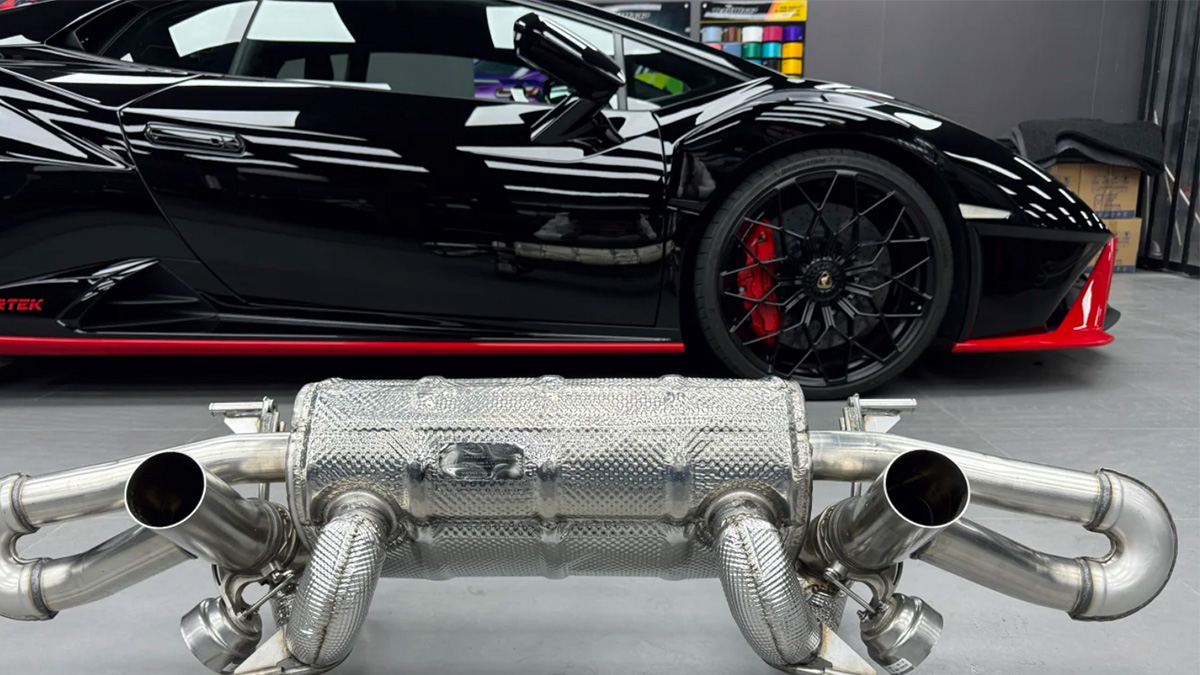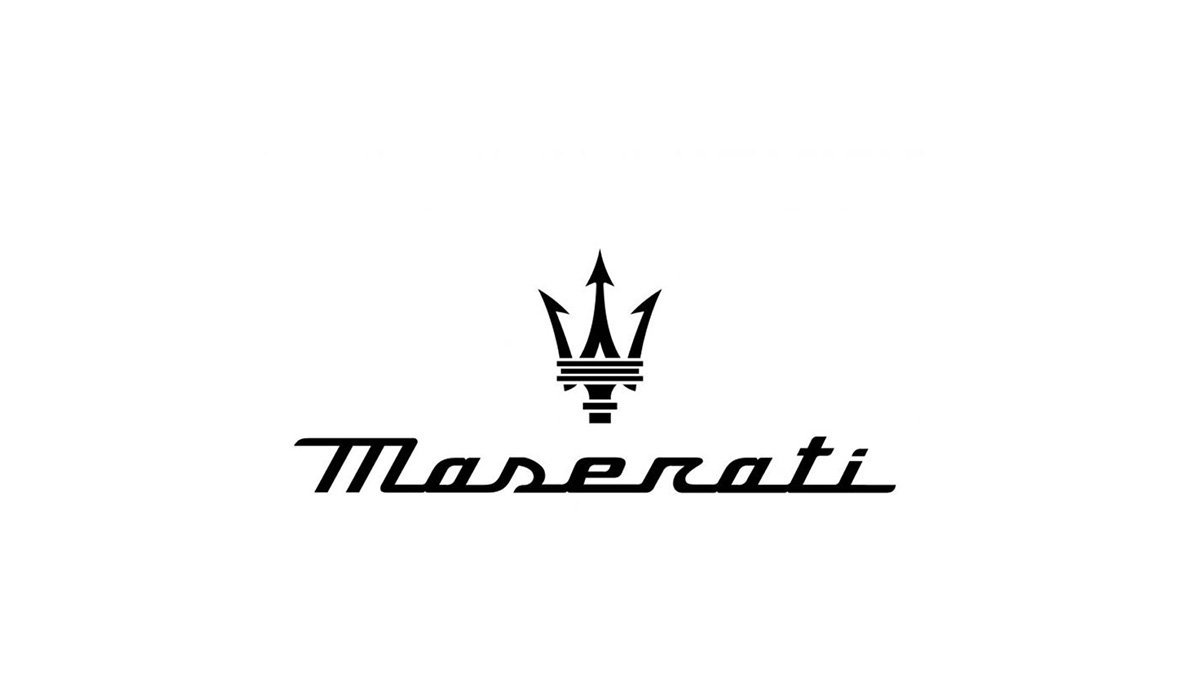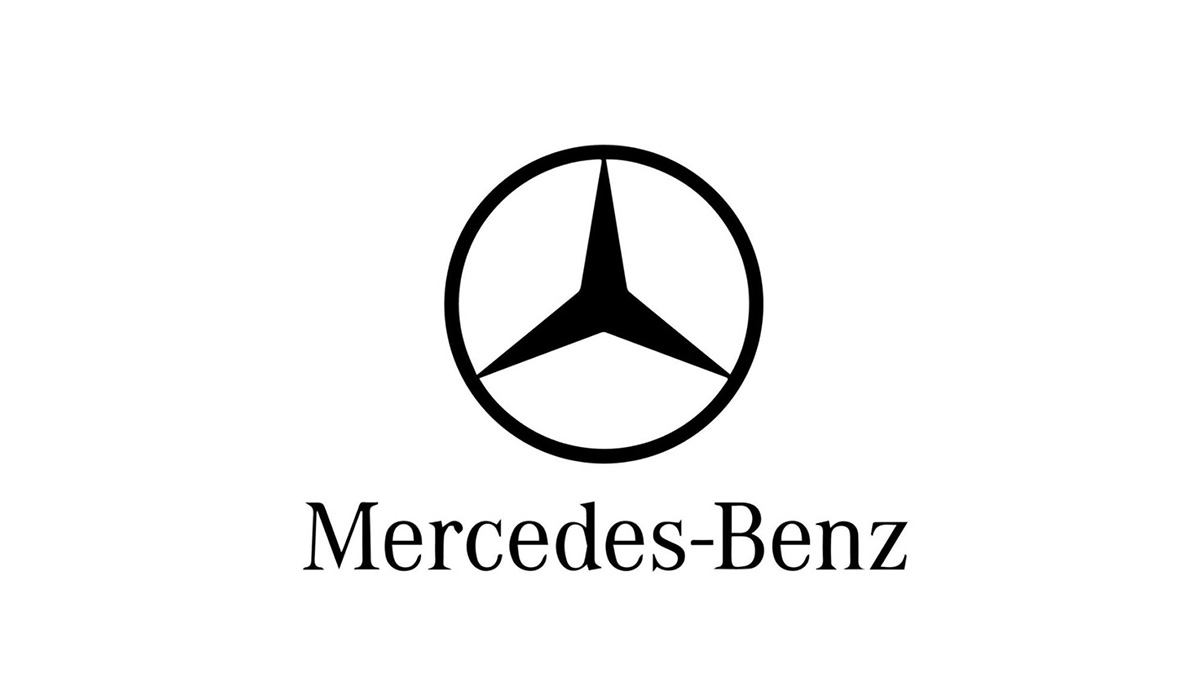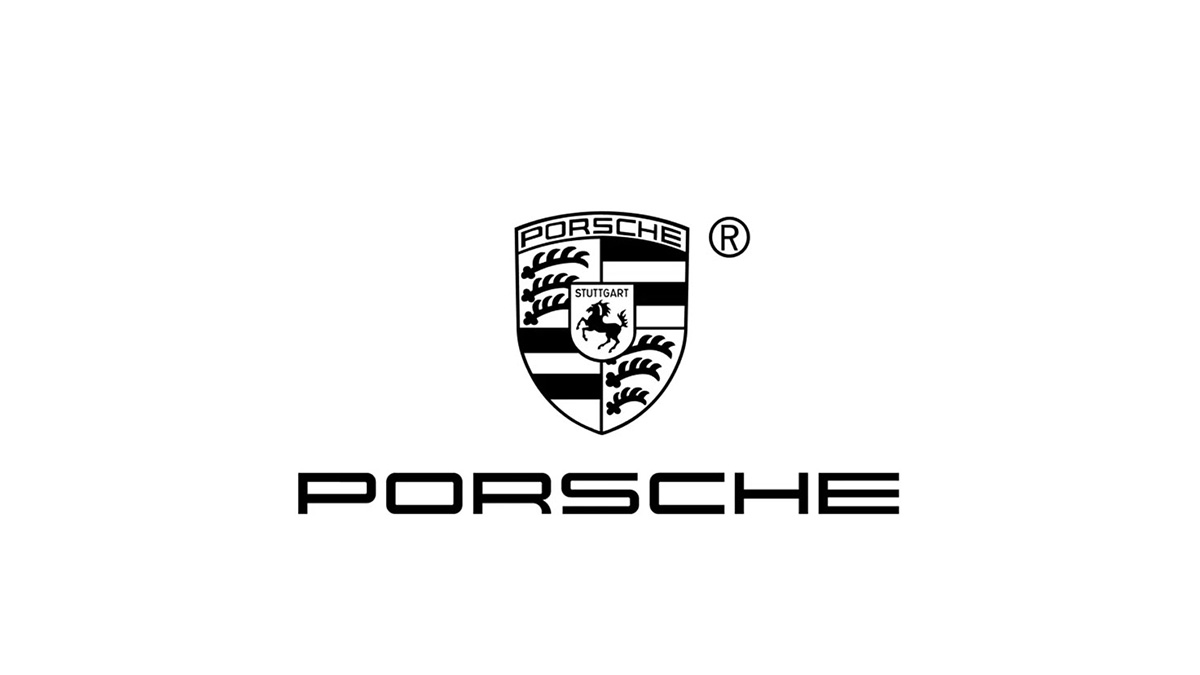Porsche Cayenne Hybrid or BMW X5: The Better Hybrid Choice

Choosing between the Porsche Cayenne Hybrid and BMW X5 xDrive45e can feel overwhelming, especially when both rank among the best luxury hybrid SUVs. Each offers unique strengths, catering to different priorities. The Cayenne excels in overall quality and reliability, with a slightly higher rating of 7.5 out of 10 compared to the BMW X5’s 7.1. On the other hand, the BMW X5 Hybrid delivers superior horsepower and torque, making it a strong contender in performance. Whether you value driving range, luxury, or cost-effectiveness, these hybrid SUVs stand out as two of the best hybrid luxury midsize SUVs available today.
Key Takeaways
The Porsche Cayenne E-Hybrid has 463 horsepower and great speed. It’s perfect for people who love fast and fancy cars.
The BMW X5 xDrive45e saves more fuel. It can go 40 miles on electricity and gets 58 MPGe. This is great for drivers who care about the environment.
If you need to tow, the Porsche Cayenne Hybrid can pull 7,700 pounds. The BMW X5 Hybrid can tow 7,200 pounds, so both are strong.
Inside, the BMW X5 Hybrid has more space in the back. It also has an optional third row, which is good for families.
Over time, the Porsche Cayenne Hybrid loses less value. This makes it a smart choice if you plan to sell it later.
Performance and Engine Power

Porsche Cayenne Hybrid Engine and Power
The Porsche Cayenne E-Hybrid delivers impressive performance with its powerful engine setup. You get a total system output of 463 horsepower and 479 lb-ft of torque. This combination ensures a thrilling driving experience, whether you’re navigating city streets or cruising on the highway. The Cayenne’s hybrid system seamlessly blends its electric motor with a turbocharged V6 engine, offering both efficiency and power. If you’re looking for a hybrid SUV that prioritizes dynamic performance, the Porsche Cayenne E-Hybrid stands out as a top choice.
BMW X5 Hybrid Engine and Power
The BMW X5 xDrive45e offers two engine configurations, both of which provide robust performance. Here’s a quick breakdown of the specifications:
Horsepower | Torque (lb-ft) |
|---|---|
389 | 443 |
483 | 516 |
The higher-output version of the X5 Hybrid edges out the Cayenne in terms of raw power, delivering 483 horsepower and 516 lb-ft of torque. This makes the BMW X5 xDrive45e a strong contender for those who value power and versatility in a hybrid SUV. Its inline-six engine, paired with an electric motor, ensures smooth acceleration and a responsive driving experience.
Acceleration and Speed Comparison
When it comes to acceleration, the BMW X5 xDrive45e takes the lead. Here’s how the two SUVs compare in their 0-60 mph times:
Vehicle | Zero to 60 MPH |
|---|---|
BMW X5 Hybrid | 3.9 sec |
Porsche Cayenne Hybrid | 4.7 sec |
The BMW X5 Hybrid’s quicker acceleration makes it an excellent choice for drivers who prioritize speed and agility. However, the Porsche Cayenne E-Hybrid still offers a respectable performance, ensuring a smooth and engaging ride.
Towing Capacity of Both SUVs
When choosing a hybrid SUV, towing capacity plays a crucial role if you plan to haul trailers, boats, or other heavy loads. Both the Porsche Cayenne Hybrid and BMW X5 Hybrid offer impressive towing capabilities, but their performance differs slightly.
The Porsche Cayenne E-Hybrid boasts a maximum towing capacity of 7,700 pounds. This makes it one of the strongest contenders in the hybrid SUV category. Whether you’re towing a camper for a weekend getaway or transporting equipment, the Cayenne delivers reliable strength. Its advanced suspension system and stability features ensure a smooth towing experience, even with heavier loads.
The BMW X5 xDrive45e, on the other hand, matches the Cayenne with a towing capacity of 7,200 pounds. While slightly lower, this capacity still meets the needs of most drivers. The X5 Hybrid includes features like trailer stability control and an optional towing package, which enhance safety and ease when hauling.
SUV Model | Towing Capacity |
|---|---|
Porsche Cayenne Hybrid | 7,700 lbs |
BMW X5 Hybrid | 7,200 lbs |
Tip: If towing is a top priority, the Porsche Cayenne Hybrid edges out the BMW X5 Hybrid with its higher capacity. However, both SUVs perform exceptionally well in this category.
Ultimately, your choice depends on how much weight you need to tow and which additional features matter most to you. Both SUVs provide excellent options for hybrid drivers who require towing power without compromising luxury or performance.
Fuel Efficiency and Electric Range

Porsche Cayenne Hybrid Fuel Economy
The Porsche Cayenne E-Hybrid offers a balanced mix of performance and efficiency. According to EPA ratings, it achieves an electric range of 28 miles. However, real-world tests have shown it can reach up to 49.2 miles on electric power alone. When the battery depletes, the gasoline V6 engine delivers approximately 22 mpg. During extended test drives, the Cayenne demonstrated impressive fuel economy, achieving 40.8 mpg over 103.5 miles and 43.1 mpg over 97.8 miles. This makes the Porsche Cayenne E-Hybrid a strong choice if you value both power and efficiency in a hybrid SUV.
BMW X5 Hybrid Fuel Economy
The BMW X5 xDrive45e stands out with its remarkable fuel economy. The latest model boasts a combined MPGe of 58 and an electric-only range of 40 miles. Here’s a quick breakdown of its performance:
Model | Combined MPGe | Total Electric-Only Range (mi) |
|---|---|---|
X5 xDrive50e | 58 | 40 |
Earlier versions of the X5 Hybrid claimed fuel consumption figures as high as 200 mpg, with CO2 emissions of just 31 g/km. These numbers highlight the BMW X5 xDrive45e’s focus on efficiency, making it an excellent option for eco-conscious drivers.
Electric Range Comparison
When comparing electric ranges, the BMW X5 xDrive45e takes the lead with 40 miles, surpassing the Porsche Cayenne E-Hybrid’s EPA-rated 28 miles. However, real-world tests show the Cayenne can achieve up to 49.2 miles, depending on driving conditions. Both SUVs offer competitive electric ranges, but the BMW X5 xDrive45e edges ahead in EPA ratings.
Vehicle | Electric Range (EPA) | Real-World Electric Range |
|---|---|---|
Porsche Cayenne Hybrid | 28 miles | Up to 49.2 miles |
BMW X5 Hybrid | 40 miles | N/A |
Note: If you prioritize EPA-rated electric range, the BMW X5 xDrive45e is the better choice. However, the Porsche Cayenne E-Hybrid’s real-world performance may surprise you with its extended range capabilities.
Charging Options and Times
Charging plays a crucial role in your hybrid SUV experience, especially if you plan to maximize electric driving. Both the Porsche Cayenne Hybrid and BMW X5 Hybrid offer flexible charging options, but their charging times and compatibility differ.
Porsche Cayenne Hybrid Charging Options
The Porsche Cayenne E-Hybrid supports Level 1 and Level 2 charging. With a standard 120-volt household outlet (Level 1), you can fully charge the battery in approximately 6 hours. Upgrading to a 240-volt Level 2 charger significantly reduces the charging time to around 2.3 hours. Porsche also offers an optional Porsche Mobile Charger Connect, which provides faster and more efficient charging at home.
If you’re on the go, the Cayenne Hybrid is compatible with public charging stations. However, it does not support DC fast charging, which limits its ability to recharge quickly during long trips.
BMW X5 Hybrid Charging Options
The BMW X5 xDrive45e also supports Level 1 and Level 2 charging. Using a standard 120-volt outlet, you can expect a full charge in about 7 hours. A Level 2 charger reduces this time to 4 hours. BMW provides an optional BMW Wallbox, which enhances home charging convenience and speed.
Like the Cayenne, the X5 Hybrid lacks DC fast charging capability. However, its larger battery capacity means you may need to charge less frequently, depending on your driving habits.
Feature | Porsche Cayenne Hybrid | BMW X5 Hybrid |
|---|---|---|
Level 1 Charging Time | 6 hours | 7 hours |
Level 2 Charging Time | 2.3 hours | 4 hours |
DC Fast Charging | Not Supported | Not Supported |
Tip: If you want faster home charging, consider installing a Level 2 charger. It saves time and ensures your SUV is ready for the road when you need it.
Both SUVs offer practical charging solutions for daily use. The Porsche Cayenne Hybrid charges faster with Level 2, while the BMW X5 Hybrid provides a slightly longer electric range per charge. Your choice depends on how often you plan to charge and your driving needs.
Interior Features and Comfort
Porsche Cayenne Hybrid Interior Design
The Porsche Cayenne Hybrid’s interior combines luxury with functionality. The standout feature is the Porsche Driver Experience, which includes a unique curved instrument cluster that enhances visibility and aesthetics. A dash-mounted shifter lever adds a modern touch while improving accessibility. You will also appreciate the new color and material options, which allow for a more personalized cabin. Improved lighting and a redesigned HVAC system create a more comfortable environment for every journey. Connectivity features, such as wireless charging and multiple charging ports, ensure your devices stay powered on the go. The Cayenne Hybrid’s interior design prioritizes both style and practicality, making it a top choice for those who value premium craftsmanship.
BMW X5 Hybrid Interior Design
The BMW X5 Hybrid offers a sophisticated and spacious cabin with several standout features:
Plush leather seats that provide exceptional comfort.
Fine wood accents that add a touch of elegance.
A sweeping dashboard equipped with advanced technology.
BMW Live Cockpit Professional, featuring a 12.3-inch digital instrument cluster.
A central touchscreen powered by the intuitive iDrive 7.0 operating system.
Seamless connectivity with Apple CarPlay and Android Auto.
Comprehensive driver assistance features, including blind-spot detection and lane departure warning.
The X5 Hybrid’s interior blends luxury with cutting-edge technology, ensuring a comfortable and connected driving experience.
Technology and Infotainment Features
Both SUVs excel in technology and infotainment, but their approaches differ. The Porsche Cayenne Hybrid focuses on user-friendly connectivity with wireless charging and multiple ports. Its redesigned HVAC system integrates seamlessly with the infotainment setup, ensuring a cohesive experience.
The BMW X5 Hybrid, on the other hand, emphasizes advanced digital interfaces. The 12.3-inch digital instrument cluster and central touchscreen provide intuitive controls. Features like Apple CarPlay and Android Auto enhance convenience, while the iDrive 7.0 system ensures smooth navigation through menus. If you prioritize cutting-edge tech, the BMW X5 Hybrid stands out as the more advanced option.
Passenger and Cargo Space Comparison
When choosing a hybrid SUV, passenger and cargo space play a significant role in determining practicality. Both the Porsche Cayenne Hybrid and BMW X5 Hybrid offer luxurious interiors, but their dimensions cater to different needs.
Passenger Space
The Porsche Cayenne Hybrid provides a comfortable cabin for up to five passengers. Its front seats offer excellent support, making long drives enjoyable. Rear passengers benefit from ample legroom and headroom, though taller individuals may find the sloping roofline slightly restrictive.
The BMW X5 Hybrid, on the other hand, excels in passenger comfort. It also accommodates five passengers but offers more generous rear-seat space. Taller passengers will appreciate the X5’s upright design, which ensures plenty of headroom and legroom in both rows. Additionally, the X5 Hybrid includes optional third-row seating, making it a better choice for larger families.
Feature | Porsche Cayenne Hybrid | BMW X5 Hybrid |
|---|---|---|
Seating Capacity | 5 | 5 (Optional 7) |
Rear Legroom (inches) | 36.7 | 37.4 |
Rear Headroom (inches) | 38.2 | 39.4 |
Tip: If you frequently travel with taller passengers or need third-row seating, the BMW X5 Hybrid offers more flexibility.
Cargo Space
Cargo capacity is another area where the BMW X5 Hybrid takes the lead. With all seats in place, it provides 18.4 cubic feet of storage. Folding down the rear seats expands this to 56.5 cubic feet, offering plenty of room for luggage, groceries, or sports equipment.
The Porsche Cayenne Hybrid offers 17.6 cubic feet of cargo space behind the rear seats. Folding them down increases the capacity to 56.0 cubic feet. While slightly smaller than the X5, the Cayenne’s cargo area remains practical for most daily needs.
Feature | Porsche Cayenne Hybrid | BMW X5 Hybrid |
|---|---|---|
Cargo Space (Seats Up) | 17.6 cu ft | 18.4 cu ft |
Cargo Space (Seats Down) | 56.0 cu ft | 56.5 cu ft |
Both SUVs provide versatile storage solutions, but the BMW X5 Hybrid edges ahead with its slightly larger capacity and optional third-row seating. If you prioritize space and flexibility, the X5 Hybrid may better suit your needs. However, the Cayenne Hybrid still delivers a premium experience with sufficient room for most lifestyles.
Pricing and Value Retention
Porsche Cayenne Hybrid Pricing and Depreciation
The Porsche Cayenne Hybrid starts at $70,900, making it slightly more affordable than the BMW X5 Hybrid. Here’s a quick comparison of their starting prices:
Vehicle | Starting Price (MSRP) |
|---|---|
Porsche Cayenne Hybrid | $70,900 |
BMW X5 Hybrid | $72,500 |
When it comes to depreciation, the Cayenne Hybrid holds its value better over time. After five years, it loses only 50.7% of its value. This retention rate reflects Porsche’s reputation for quality and desirability. If you prioritize long-term value, the Cayenne Hybrid offers a strong advantage.
BMW X5 Hybrid Pricing and Depreciation
The BMW X5 Hybrid starts at $72,500, which is slightly higher than the Cayenne Hybrid. However, it compensates with a more extensive list of standard features. Over five years, the X5 Hybrid depreciates faster, losing 59.1% of its value. While this rate is higher than the Cayenne’s, the X5 Hybrid still provides excellent value for those who prioritize performance and practicality.
Porsche Cayenne Hybrid Depreciation: 50.7% over five years.
BMW X5 Hybrid Depreciation: 59.1% over five years.
Tip: If you plan to resell your SUV in the future, the Porsche Cayenne Hybrid may offer better value retention.
Maintenance and Ownership Costs Comparison
Ownership costs include maintenance, repairs, and fuel expenses. The Porsche Cayenne Hybrid typically incurs higher maintenance costs due to its premium components and brand exclusivity. However, its better value retention can offset these expenses over time.
The BMW X5 Hybrid offers slightly lower maintenance costs, making it a more economical choice for daily use. Its hybrid system also delivers better fuel efficiency, which reduces overall ownership costs.
Factor | Porsche Cayenne Hybrid | BMW X5 Hybrid |
|---|---|---|
Maintenance Costs | Higher | Lower |
Fuel Efficiency | Moderate | Higher |
Value Retention | Better | Moderate |
Both SUVs provide excellent value in their own ways. Your choice depends on whether you prioritize lower upfront costs and long-term value (Cayenne) or lower maintenance and fuel expenses (X5).
Reliability and Safety
Porsche Cayenne Hybrid Reliability and Safety Features
The Porsche Cayenne Hybrid offers a reputation for reliability, backed by Porsche’s engineering excellence. Its hybrid system has proven durable, with minimal reported issues over time. You can trust the Cayenne Hybrid to deliver consistent performance, even under demanding conditions.
In terms of safety, the Cayenne Hybrid includes a robust suite of features. Standard equipment like a backup camera, blind spot monitoring, and forward collision warning ensures peace of mind on the road. Pedestrian detection and lane departure warning further enhance its ability to prevent accidents. However, the Cayenne lacks driver attention monitoring, which could be a drawback for those who value this extra layer of protection.
Safety Feature | Porsche Cayenne Hybrid |
|---|---|
Backup camera | Standard |
Blind Spot Monitoring | Standard |
Forward Collision Warning | Standard |
Lane Departure Warning | Standard |
Pedestrian Detection | Standard |
Driver Attention Monitoring | Not Available |
BMW X5 Hybrid Reliability and Safety Features
The BMW X5 Hybrid has earned positive reliability ratings from both owners and experts. Earlier models, like the 40e, faced challenges with electric range in colder climates. However, the newer 45e model has addressed these concerns, offering a smoother ride and improved comfort. While charging speeds remain slower than some competitors, the X5 Hybrid continues to impress with its dependability.
When it comes to safety, the X5 Hybrid excels with a comprehensive set of features. It matches the Cayenne in offering essentials like a backup camera, blind spot monitoring, and forward collision warning. Additionally, it includes driver attention monitoring, which suggests breaks for inattentive drivers. Active head restraints provide extra protection against whiplash, a feature the Cayenne does not offer.
Safety Feature | BMW X5 Hybrid |
|---|---|
Backup camera | Standard |
Blind Spot Monitoring | Standard |
Forward Collision Warning | Standard |
Lane Departure Warning | Standard |
Pedestrian Detection | Standard |
Driver Attention Monitoring | Standard |
Tip: If you value advanced safety features like driver attention monitoring and active head restraints, the BMW X5 Hybrid may be the better choice.
Warranty Coverage Comparison
Both the Porsche Cayenne Hybrid and BMW X5 Hybrid come with competitive warranty packages. Each offers a 4-year/50,000-mile bumper-to-bumper and powertrain warranty, along with 4 years of roadside assistance. However, BMW provides more extensive maintenance coverage, which could save you money in the long run.
Porsche covers maintenance for 1 year or 10,000 miles.
BMW extends maintenance coverage to 3 years or 36,000 miles, offering 2 years and 26,000 miles more than Porsche.
Warranty Type | Porsche Cayenne Hybrid | BMW X5 Hybrid |
|---|---|---|
Bumper-to-Bumper | 4 years / 50,000 miles | 4 years / 50,000 miles |
Powertrain | 4 years / 50,000 miles | 4 years / 50,000 miles |
Roadside Assistance | 4 years | 4 years |
Maintenance Coverage | 1 year / 10,000 miles | 3 years / 36,000 miles |
Note: If you prioritize long-term maintenance savings, the BMW X5 Hybrid offers a clear advantage with its extended coverage.
Driving Experience
Porsche Cayenne Hybrid Driving Dynamics
The Porsche Cayenne Hybrid delivers a driving experience that feels more like a performance car than an SUV. Its adaptive air suspension system ensures a smooth ride, even over rough roads. You’ll notice minimal body roll, especially in Normal Mode, where the vehicle stays flat on curves. For a more dynamic experience, switching to Sport Mode enhances handling, keeping the Cayenne stable during sharp maneuvers.
The chassis remains firmly planted, offering excellent control during evasive actions.
In SPORT+ mode, the Cayenne showcases its performance edge with strong acceleration and high cornering limits.
The buttery-smooth ride quality makes long drives comfortable, even on uneven surfaces.
If you value a blend of luxury and sporty handling, the Cayenne Hybrid excels in delivering both.
BMW X5 Hybrid Driving Dynamics
The BMW X5 Hybrid offers a refined and responsive driving experience. Its adaptive suspension system adjusts seamlessly to road conditions, ensuring a controlled and smooth ride. The integration of electric and gasoline power enhances acceleration, giving you instant torque for quick responses.
The xDrive all-wheel-drive system improves traction and stability, making the X5 reliable in various conditions.
Multiple driving modes allow you to tailor the performance to your preferences, whether you prioritize efficiency or agility.
The X5’s handling feels precise, with a comfort-focused setup that balances performance and ride quality.
You’ll appreciate the X5 Hybrid’s ability to combine practicality with engaging driving dynamics, making it a versatile choice for everyday use.
Noise and Comfort Levels
Both the Porsche Cayenne Hybrid and BMW X5 Hybrid provide quiet and comfortable rides, but their approaches differ slightly. The Cayenne’s interior features high-quality materials, creating a luxurious atmosphere. However, its sensitivity to bumps means you might feel more road imperfections. On the other hand, the X5 offers a smoother ride with a natural driving feel.
The Cayenne excels in traction during turns, enhancing comfort on winding roads.
The X5’s well-weighted brake pedal and balanced design contribute to a more relaxed driving experience.
Neither SUV feels uncomfortable during highway driving, ensuring long trips remain enjoyable.
If you prioritize a softer ride, the X5 Hybrid may suit you better. However, the Cayenne Hybrid’s sporty edge adds excitement to your journey.
Off-Road Capabilities Comparison
When it comes to off-road performance, both the Porsche Cayenne Hybrid and BMW X5 Hybrid deliver impressive capabilities. However, their designs cater to slightly different needs, making each one suitable for specific types of terrain and driving preferences.
The Porsche Cayenne Hybrid stands out with its advanced off-road technology. Its Porsche Traction Management (PTM) system ensures optimal grip on uneven surfaces. You can switch between multiple off-road modes, such as Gravel, Mud, Sand, and Rocks, to adapt to different terrains. The adaptive air suspension provides up to 9.6 inches of ground clearance, allowing you to tackle rugged trails with confidence. Additionally, the Cayenne Hybrid’s hill descent control helps you maintain stability on steep slopes. These features make it one of the best off-road luxury hybrid suvs for adventurous drivers.
The BMW X5 Hybrid also excels in off-road conditions, thanks to its xDrive all-wheel-drive system. This system continuously monitors road conditions and adjusts power distribution to maximize traction. The X5 Hybrid offers an optional off-road package, which includes features like underbody protection, hill descent control, and adjustable ride height. With a ground clearance of 8.7 inches, it handles most trails with ease. While it may not match the Cayenne’s off-road modes, the X5 Hybrid remains one of the best off-road hybrid luxury suvs for those seeking versatility.
Feature | Porsche Cayenne Hybrid | BMW X5 Hybrid |
|---|---|---|
Ground Clearance | 9.6 inches | 8.7 inches |
Off-Road Modes | 4 | Optional |
Hill Descent Control | Standard | Standard |
Tip: If you prioritize advanced off-road features and higher ground clearance, the Porsche Cayenne Hybrid is the better choice. For a balanced mix of off-road capability and everyday practicality, the BMW X5 Hybrid offers excellent value.
Both the Porsche Cayenne E-Hybrid and BMW X5 xDrive45e stand out as two of the best hybrid luxury midsize SUVs, but their strengths cater to different needs. The Porsche Cayenne E-Hybrid excels in performance, offering a turbocharged V6 engine with 463 horsepower and a 0-60 mph time of just 4.5 seconds. Its luxurious interior, adaptive air suspension, and robust reliability make it one of the best luxury plug-in hybrid SUVs for those who value sportiness and refinement.
On the other hand, the BMW X5 xDrive45e shines in practicality and cost-effectiveness. With an impressive electric-only range of 66 miles and a combined fuel efficiency of up to 200 mpg, it ranks among the best hybrid luxury crossover SUVs for eco-conscious drivers. Its spacious interior, optional third-row seating, and lower maintenance costs make it a versatile choice for families.
Recommendation: Choose the Porsche Cayenne E-Hybrid if you prioritize performance, luxury, and long-term value retention. Opt for the BMW X5 xDrive45e if you seek a balanced hybrid SUV with excellent fuel efficiency and practicality.


